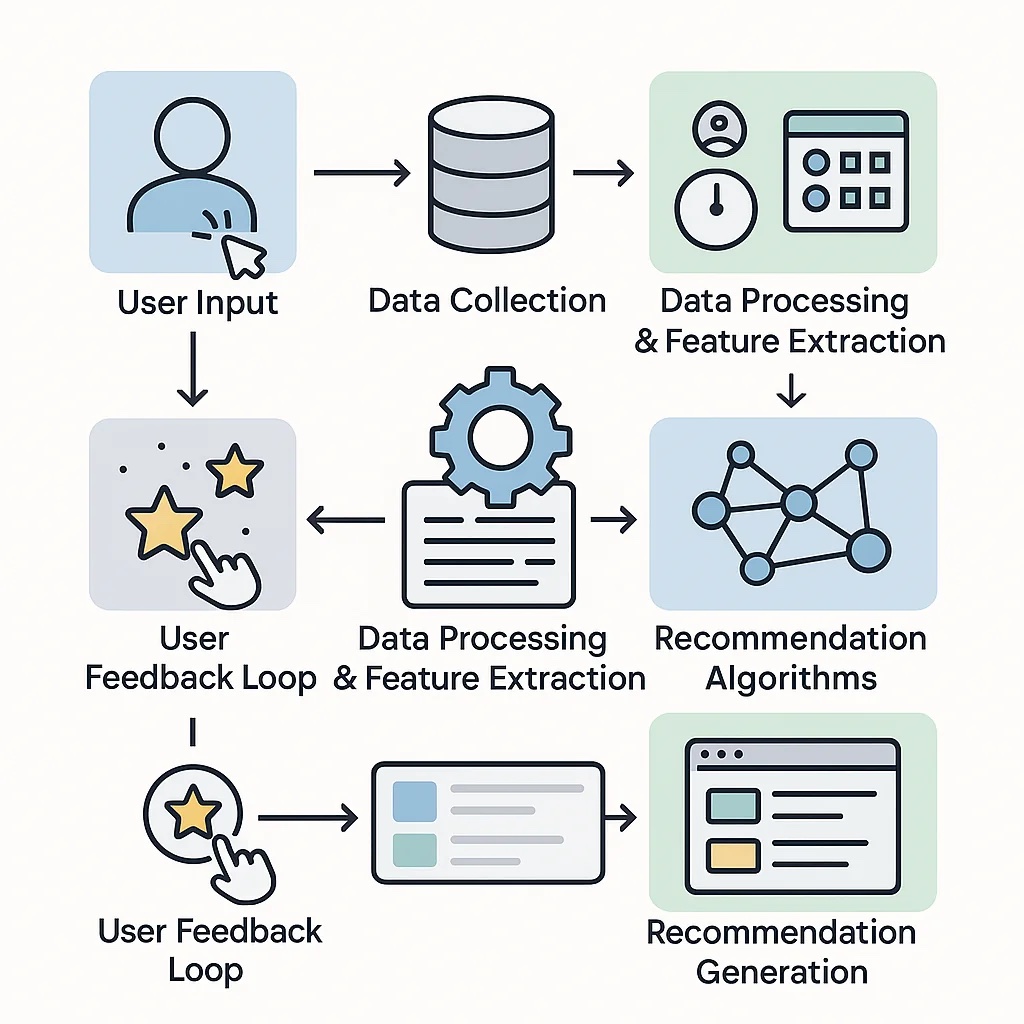RETAIL CASE STUDY
Boosting Conversions with Recommendation Engine
Leveraging Machine Learning to enhance customer experience and drive significant revenue growth.
The Client
E-commerce Platform
Industry: Retail & E-commerce
A mid-sized multi-category online retailer offering over 50,000 products across fashion, electronics, and home goods, seeking to improve customer engagement and boost conversion rates.
The Challenge
With a large product catalog and growing competition, the client was struggling with low conversion rates, high cart abandonment, and difficulty in cross-selling effectively. Their existing recommendation system relied on basic rules and category matching without personalization.
- Low conversion rate of 2.3%, below industry average.
- 76% cart abandonment rate hurting potential sales.
- Large product catalog making product discovery difficult.
- Generic recommendations failing to engage customers effectively.
Our AI-Powered Solution
Businesses Alliance developed a sophisticated machine learning recommendation engine that analyzed customer behavior patterns and product relationships to deliver highly personalized recommendations. Key components included:
- Collaborative Filtering: Used customer behavior to identify patterns between similar users and products they interact with.
- Content-Based Filtering: Analyzed product attributes to recommend similar items based on features customers have shown interest in.
- Real-Time Personalization: Dynamically updated recommendations based on current session behavior and context.
- Multi-Channel Integration: Deployed personalized recommendations across web, mobile app, and email marketing.
- A/B Testing Framework: Built-in system to continuously test and refine recommendation strategies.

Conceptual diagram of the recommendation system architecture.
Implementation Journey
Phase 1: Data Collection & Analysis
Collected historical customer data, analyzed purchase patterns, and prepared data for model training. (Weeks 1-3)
Phase 2: Model Development
Built recommendation algorithms, implemented feature engineering, and created hybrid model architecture. (Weeks 4-8)
Phase 3: Platform Integration
Integrated recommendation APIs with the e-commerce platform, deployed across multiple customer touchpoints. (Weeks 9-12)
Phase 4: Testing & Optimization
Conducted A/B testing, refined algorithms based on performance metrics, and implemented continuous learning capabilities. (Weeks 13-16)
Quantifiable Results
Increase in Conversion Rate
Before vs. After Implementation
Average Order Value Increase
Compared to Previous System
Reduction in Cart Abandonment
Abandonment Rate